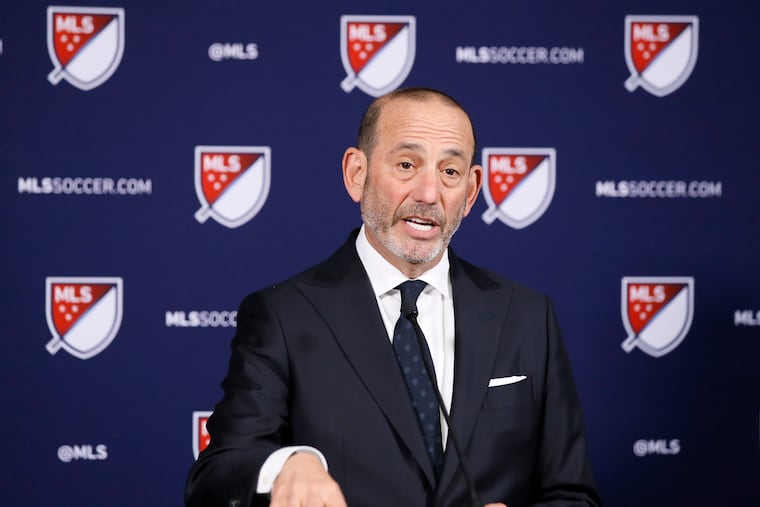New MLS collective bargaining agreement brings big boosts to player salaries, charter travel, free agency
The five-year deal takes effect immediately, weeks before the league’s 25th season starts Feb. 29.

The five-year deal takes effect immediately, weeks before the league’s 25th season starts Feb. 29.
